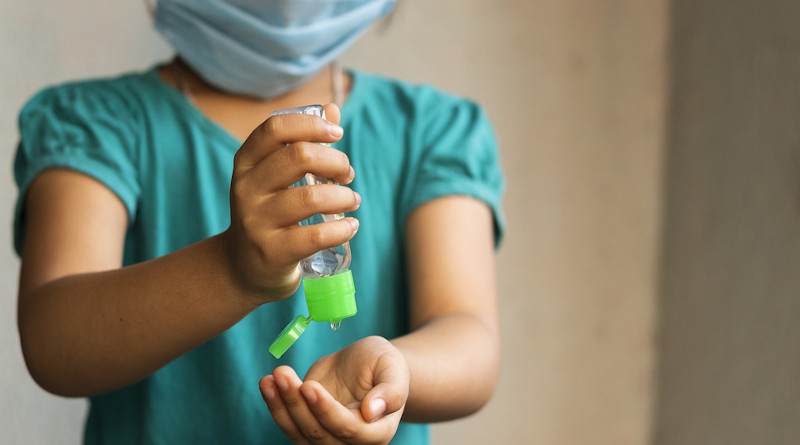France: Strep A Infections Among Children Surged, After Nearly Two-Years Of COVID-Related Low Case Numbers
New research from France shows that infections cause by Group A Streptococcus (GAS) fell by 80% as the first COVID lockdown took effect in March 2020 and stayed at low levels until March 2022, from which point they increased by 18% a month to rise well above pre-COVID levels.
The study is being presented at the European Congress of Clinical Microbiology & Infectious Diseases in Copenhagen, Denmark (15-18 April) and is by Dr Robert Cohen (Association Clinique et Thérapeutique Infantile du Val-de-Marne [ACTIV]), The French Ambulatory Paediatrics Association (AFPA) Paris (France), and Clinical Research Centre, Centre Hospitalier Intercommunal de Créteil – Créteil (France) and colleagues.
The authors analysed non-invasive GAS infections in a network of non-emergency pediatricians between January 2018 and December 2022. Clinicians evaluating children aged 15 years old and younger for tonsillopharyngitis, perianal infections, paronychia/blistering dactylitis and scarlet fever (all can be caused by GAS) were invited to perform a rapid antigen detection test (RADT) to confirm the presence of GAS infection.
The primary outcome was the incidence of non-invasive GAS infections per 10,000 visits over time. Incidence rates were modeled, considering two important timepoints: March 2020 (first national lockdown in France) and March 2022 (mask-wearing in schools no longer mandatory).
Over the study period, 125 pediatricians recorded 262,959 episodes of infectious diseases (118,035 children; median age 2.1 years). GAS-related illnesses represented 4.3% (n=11,701) of all infections. In March 2020, the incidence of GAS diseases decreased by around 80%. Between March 2020 and March 2022, the incidence remained low, with no significant trend (Figure). After March 2022, the incidence significantly increased (by 17% per month;), with similar patterns across all GAS-related diseases, reaching levels way above those seen pre-COVID (see figure)
The authors conclude: “COVID-19 mitigation measures had a major impact on the epidemiology of non-invasive GAS infections, and the relaxation of these measures was followed by a surge of GAS infections to above pre-pandemic levels.”

